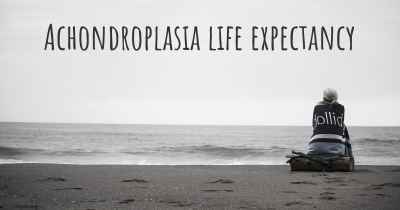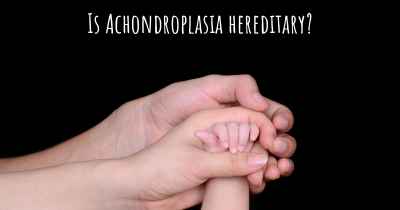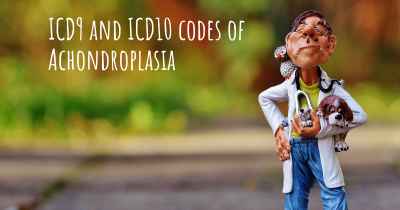How is Achondroplasia diagnosed?
See how Achondroplasia is diagnosed. Which specialists are essential to meet, what tests are needed and other useful information for the diagnosis of Achondroplasia

How is Achondroplasia Diagnosed?
Achondroplasia is a genetic disorder that affects bone growth, resulting in dwarfism. It is the most common form of short-limbed dwarfism, occurring in approximately 1 in every 15,000 to 40,000 births. While the physical characteristics of achondroplasia are often apparent at birth or during infancy, a formal diagnosis is typically made through a combination of clinical evaluation, medical history assessment, and genetic testing.
Clinical Evaluation
The first step in diagnosing achondroplasia involves a thorough clinical evaluation by a healthcare professional, usually a pediatrician or a geneticist. The doctor will carefully examine the child's physical features and growth patterns, paying close attention to specific characteristics associated with achondroplasia. These may include:
- Disproportionate Limb Length: Individuals with achondroplasia typically have shorter limbs compared to their trunk.
- Prominent Forehead: A prominent forehead with a flattened nasal bridge is often observed.
- Shortened Fingers: The fingers may appear short and stubby.
- Bowed Legs: Some individuals with achondroplasia may develop bowed legs.
- Large Head: The head may be larger than average, with a prominent forehead and a flattened nasal bridge.
- Delayed Motor Milestones: Children with achondroplasia may experience delays in reaching certain motor milestones, such as sitting up, crawling, or walking.
Medical History Assessment
Alongside the physical examination, the doctor will also review the child's medical history. This includes gathering information about the child's birth weight, length, and head circumference, as well as any developmental delays or other health concerns. It is important for parents or caregivers to provide accurate and detailed information to assist in the diagnosis.
Genetic Testing
Genetic testing is the definitive method for diagnosing achondroplasia. It involves analyzing the individual's DNA to identify specific genetic mutations associated with the condition. The most common mutation causing achondroplasia occurs in the FGFR3 gene, which plays a crucial role in bone growth and development.
The two primary types of genetic tests used for diagnosing achondroplasia are:
- Mutation Analysis: This test directly examines the FGFR3 gene to identify the specific mutation responsible for achondroplasia. It can be performed on a blood sample or other tissue samples.
- Next-Generation Sequencing (NGS): NGS is a more comprehensive genetic test that can analyze multiple genes simultaneously. It is particularly useful when there is uncertainty in the diagnosis or when other genetic conditions need to be ruled out.
Other Diagnostic Considerations
While clinical evaluation and genetic testing are the primary methods for diagnosing achondroplasia, there are a few other considerations that may be taken into account:
- Radiographic Imaging: X-rays or other imaging techniques may be used to assess bone structure and growth patterns, providing additional evidence to support the diagnosis.
- Family History: If there is a family history of achondroplasia or other genetic disorders, it can provide valuable information and increase the suspicion of the condition.
- Second Opinion: In some cases, particularly when the diagnosis is uncertain, seeking a second opinion from a specialist or geneticist may be recommended to ensure an accurate diagnosis.
It is important to note that achondroplasia can usually be diagnosed shortly after birth or during infancy due to the characteristic physical features. However, genetic testing is still necessary to confirm the diagnosis and provide a comprehensive understanding of the specific genetic mutation involved.
Posted Oct 19, 2017 by Kenia Maria 1000








